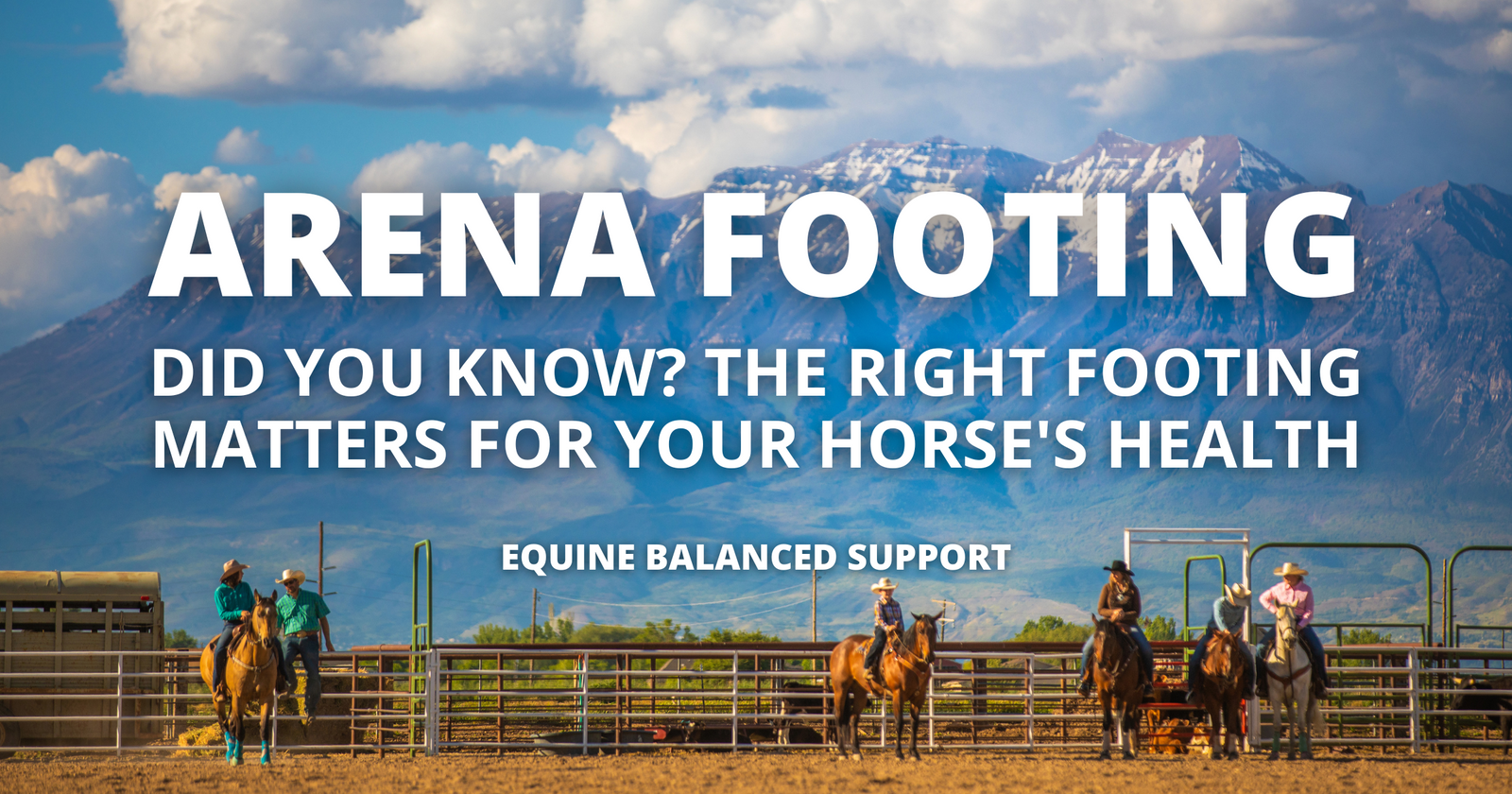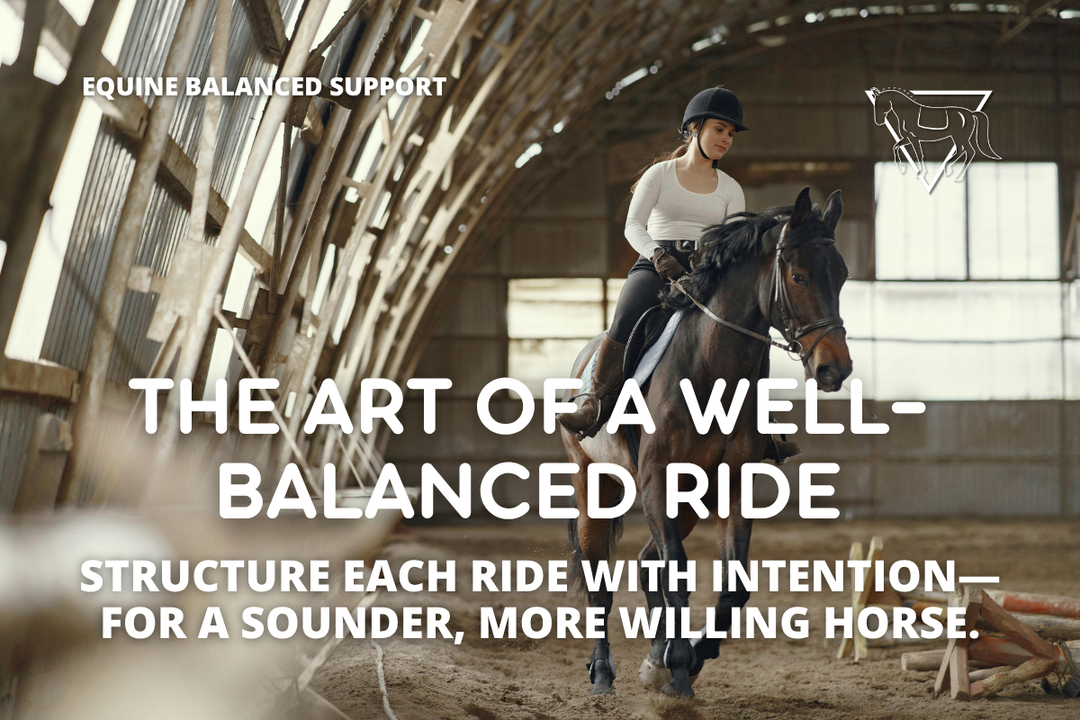Understanding the Impact of Different Footing Types on Equine Joint and Soft Tissue Health

The Importance of Choosing the Right Footing
Learn why the type of surface on which your horse trains and competes is critical to their joint health and performance. This blog discusses the pros and cons of various footing types from sand to synthetic surfaces.
How do Different Types of Footing Affect Horses?
1. Sand: One of the most common types of footing, sand is favored for its shock-absorbing qualities. It is particularly prevalent in arenas and is considered versatile for various disciplines. However, the depth and coarseness of the sand can significantly influence its effectiveness. Deep, fine sand can strain the flexor tendons and lead to fatigue, whereas too coarse sand can cause abrasions and discomfort in the hoof and lower leg.
2. Rubber: Often mixed with sand, rubber provides additional cushioning and can reduce the impact on joints and tendons. This type of footing is particularly beneficial for disciplines that involve a lot of jumping or fast work, as it helps in shock absorption. The downside is that rubber can heat up in sunny conditions and may have an odor.
3. Wood Chips: Wood chips are another option that offers good drainage and some spring, which can be easier on the legs compared to firmer surfaces. However, they can break down quickly and become slippery when wet, requiring regular maintenance and replacement.
4. Synthetic Surfaces: These include various combinations of sand, rubber, fibers, and wax designed to mimic natural turf with consistent performance. Synthetic surfaces require minimal maintenance and reduce the impact on horse legs. They are popular in high-level competition venues but can be expensive and require specific maintenance protocols.
5. Stone Dust: Stone dust, also known as crusher dust or screenings, is a finely crushed stone that compacts to form a hard, smooth surface. It is often used in arenas for its stability and low maintenance. It provides a firm footing that is beneficial for high-impact disciplines like jumping. However, if not properly maintained, it can become compacted too hard, leading to a higher risk of joint shock and discomfort for the horse. Regular watering and grooming are essential to maintain its optimal condition.
There are many other options for footing; these are just a few examples.
What are Some Discipline-Specific Footing Considerations?
The ideal footing for a horse largely depends on the discipline in which it participates. For example:
- Dressage: Requires a surface that allows smooth movements without too much slip or grip to avoid stressing the joints during intricate maneuvers.
- Jumping: Needs footing that provides enough cushion to absorb the impact of landing and enough firmness to give lift-off without causing slipping.
- Reining: Involves quick stops and sharp turns, so a footing that allows for a bit of slide is ideal for preventing joint torque.
- Endurance Riding: Needs a more natural, firm footing that mirrors trail conditions, helping to build resilience in the horse's musculoskeletal system.
Ideally, a footing allows the hoof to sink in enough to fill the concavity of the horse's foot, engaging the digital cushion to activate the soft tissue and properly encourage blood flow.
Is There an Advantage to Exposing a Horse to Different Types of Ground Surfaces?
Exposing horses to various footing types during training can be beneficial. It helps in conditioning their bodies to different stresses, potentially reducing the risk of injury when encountering less-than-ideal conditions in competition or on trails. Different surfaces train various muscle groups and prepare the connective tissues to handle multiple impacts, which is vital for comprehensive equine fitness.
Securing a Bright Future: The Importance of Selecting the Best Footing for Horses
Choosing the right footing for equine activities is a critical decision that should be tailored to the discipline and performance requirements. While it may require substantial investment and maintenance, the right footing is fundamental to ensuring the longevity and well-being of these magnificent animals. Whether training at home or competing at the highest levels, appropriate footing can significantly affect a horse's athletic performance and overall health.





Leave a comment